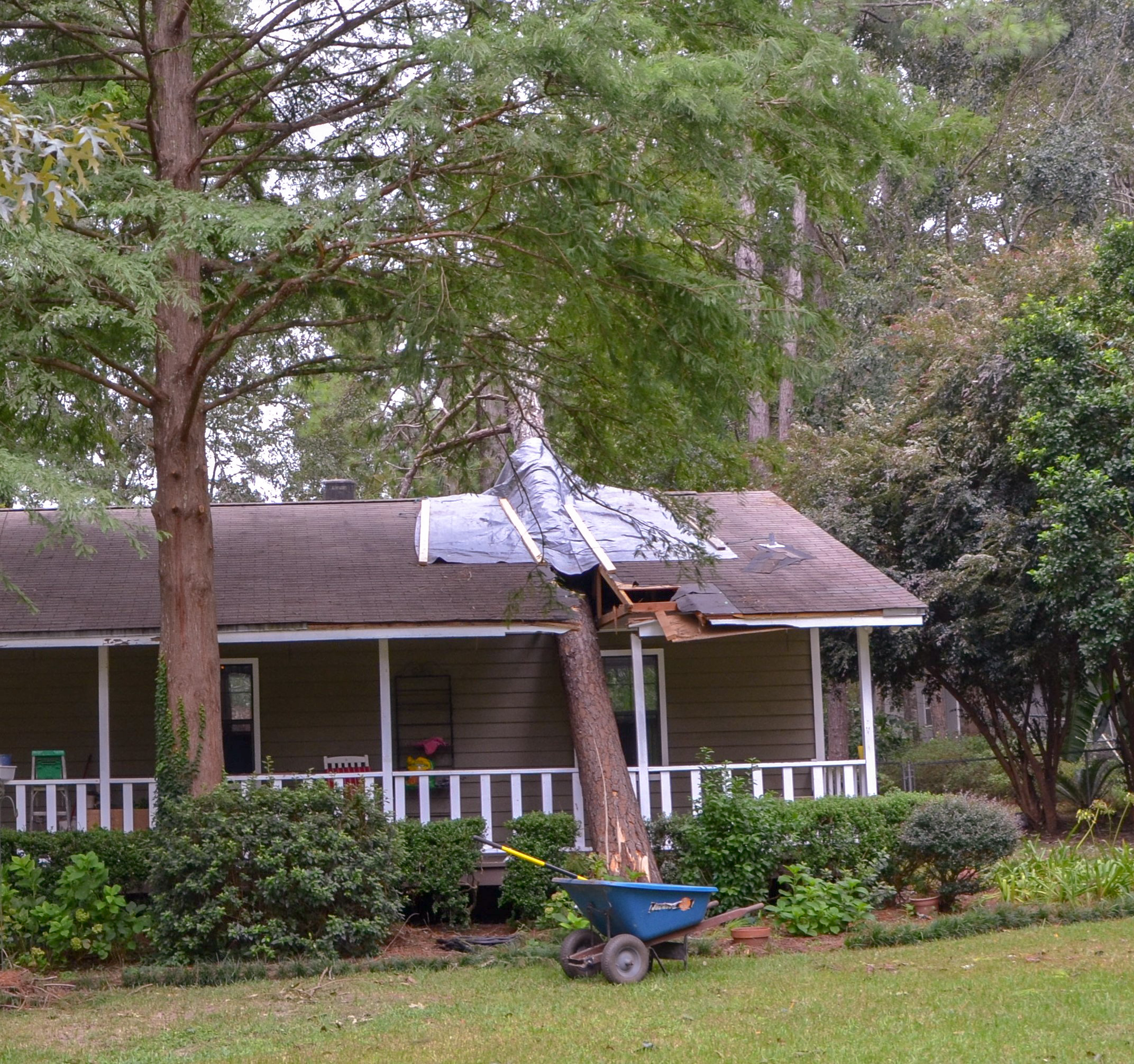Recognize problems: No tree is risk free
With the start of the 2024 hurricane season, which is forecast to be active, homeowners should be proactive about preparations.
Some storms in recent years have wreaked havoc on locales, and in many situations, trees have been a major cause of damage and injury. Broken limbs have pierced roofs; fallen trunks have crushed vehicles and much worse.
Trees are an important part of landscapes, adding beauty and improving the environment. They stabilize soil and prevent erosion and can play an important role in saving energy in the home.
As with any living organism, the assessment of tree health is an ongoing process. Recognizing problems before they cause harm and addressing them promptly can reduce the potential for harm in the future.
It is critical to identify trees which may have been injured or damaged, creating risk to people, structures and other assets. No tree is risk-free and all trees will fall under certain conditions.
Trees which have been potentially damaged are usually divided into two broad categories of causation – abiotic and biotic. Abiotic factors are those not caused by lifeforms, and biotic factors are defined as any living component affecting another organism.
Many abiotic injury factors originate because of the actions of humans. These mechanical injuries to trees frequently result in increased risk for damage and injury.
The risk may increase over time with the introduction of biotic factors such as bacteria and fungi. Both of these are endemic in the environment.
Some mechanical injury results from well-intentioned landscape maintenance such as weed trimming, mowing too low or mowing too close to trees. Mechanical injury may be the result of heavy equipment use during construction of home improvements.
Something as simple as using a wire to hang a plant or bird feeder can girdle and result in destruction of a tree limb. Any wire wrapped around trunks or limbs will eventually cause girdling when not removed in time.
Fires are another abiotic hazard. While many forest species, like pines, benefit from periodic burns, something as benign as a firepit, barbeque grill or burning a yard waste pile will damage many landscape plants.
The top few inches of soil beneath a fire can reach several hundred degrees and kill roots in close proximity. These roots perform the important function of water and nutrient uptake and provide structural support.
Flames too near a tree’s trunk can destroy its vascular system and be a point of entry for bacteria, fungi and insects.
The leaves and limbs in the tree’s canopy above a fire can be injured or ignited, especially if dry, by rising heat. Trees under drought stress are even more vulnerable.
Digging a trench as shallow as 12 inches potentially destroys all of a tree’s roots beyond the trench away from the trunk. The closer the trench is to the tree the greater the amount of root destruction.
Installing or maintaining a landscape irrigation system, house waterline or a sewer line are all potential causes of root damage.
Roots are adapted to grow at a certain depth, so adding or removing soil from around a tree can negatively affect root health. The loss of root support makes a tree more susceptible to wind damage resulting in tipping over.
If a homeowner is aware of any abiotic factors which could destabilize a tree’s vigor and strength, contact a qualified arborist for an assessment. It is far less expensive and time consuming than cleanup and recovery from a disaster.
Ed Duke, PhD, is an associate professor in the FAMU College of Agriculture and Food Sciences, and Sam Hand is an associate professor and director of industry credentialing training programs for FAMU Cooperative Extension.


Meet the Editor
David Adlerstein, The Apalachicola Times’ digital editor, started with the news outlet in January 2002 as a reporter.
Prior to then, David Adlerstein began as a newspaperman with a small Boston weekly, after graduating magna cum laude from Brandeis University in Waltham, Massachusetts. He later edited the weekly Bellville Times, and as business reporter for the daily Marion Star, both not far from his hometown of Columbus, Ohio.
In 1995, he moved to South Florida, and worked as a business reporter and editor of Medical Business newspaper. In Jan. 2002, he began with the Apalachicola Times, first as reporter and later as editor, and in Oct. 2020, also began editing the Port St. Joe Star.